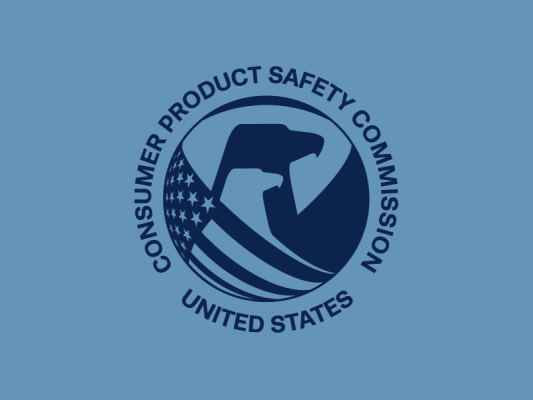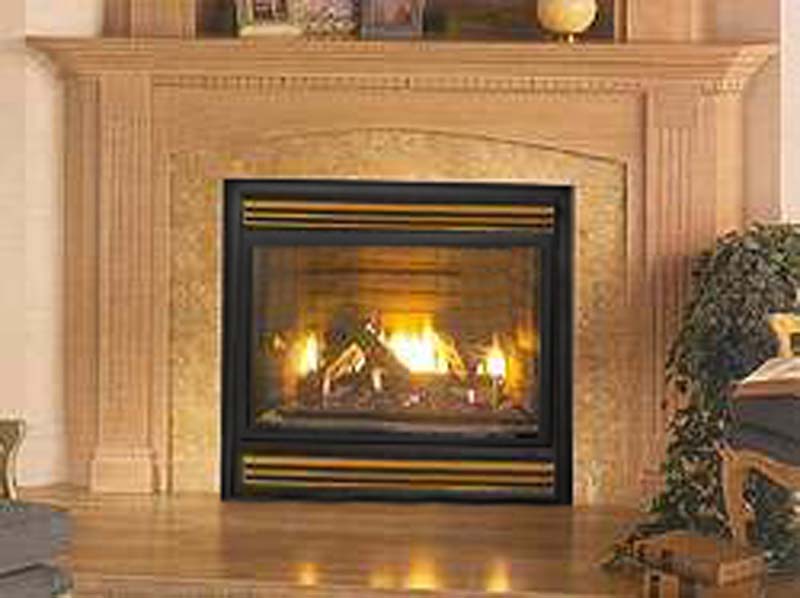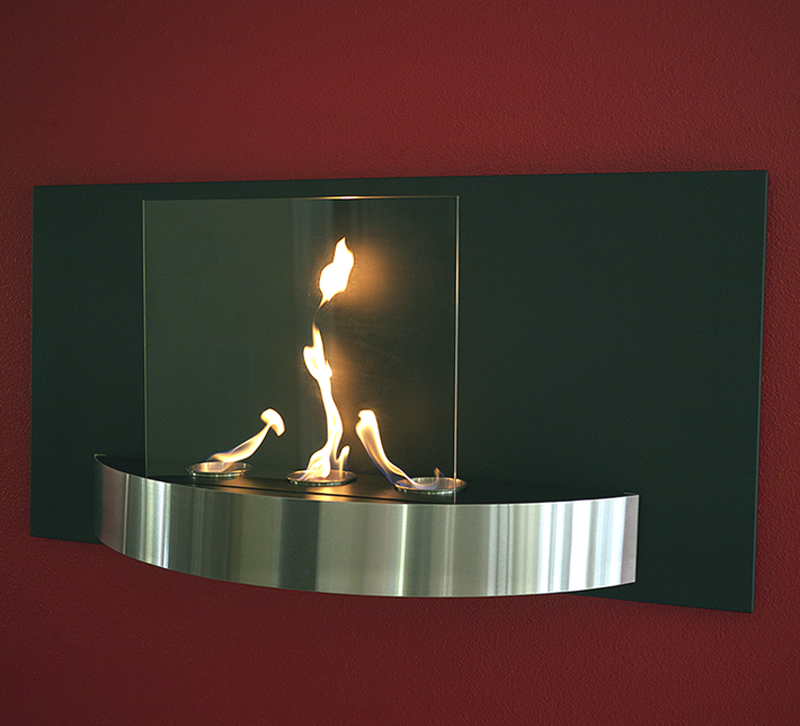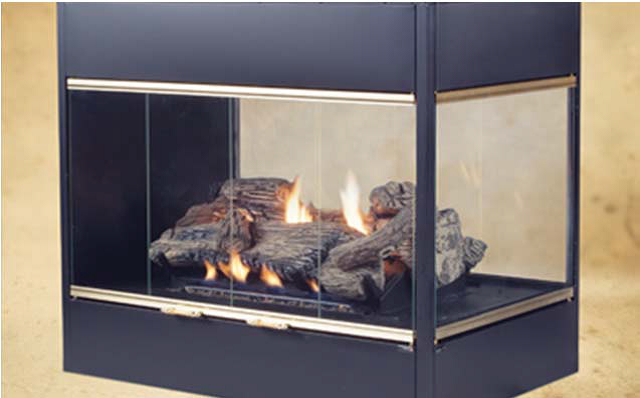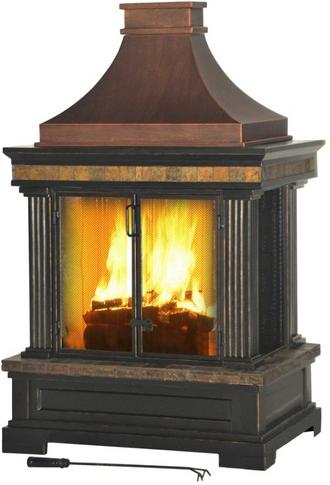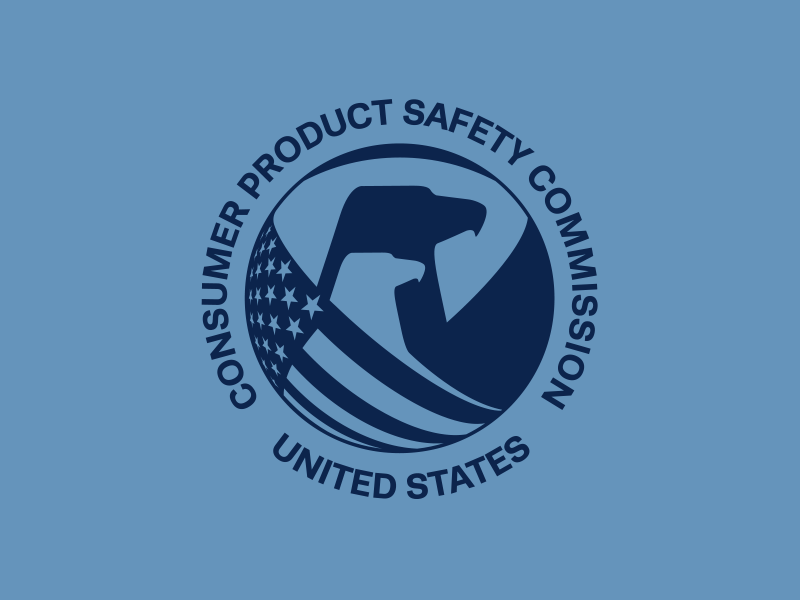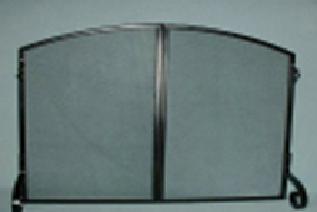Recall Details
| FOR IMMEDIATE RELEASE January 18, 2001 Release # 01-069 |
CPSC Consumer Hotline: (800) 638-2772 CPSC Media Contact: Ken Giles, (301) 504-7052 |
CPSC Recommends Carbon Monoxide Alarm for Every Home
WASHINGTON, D.C. - After a recent rash of carbon monoxide poisonings - including incidents in Maryland, Pennsylvania and New Jersey -- the U.S. Consumer Product Safety Commission (CPSC) is repeating its recommendation that every home should have a carbon monoxide (CO) alarm. CPSC also urges consumers to have a professional inspection of all fuel- burning appliances -- including furnaces, stoves, fireplaces, clothes dryers, water heaters, and space heaters -- to detect deadly carbon monoxide leaks.
These appliances burn fuels, such as gas, both natural and liquefied petroleum; kerosene; oil; coal; or wood. Under certain conditions, fuel-burning appliances can produce deadly CO. However, with proper installation and maintenance, they are safe to use.
CO is a colorless, odorless gas produced by burning any fuel. The initial symptoms of CO poisoning are similar to the flu, and include headache, fatigue, shortness of breath, nausea and dizziness. Exposure to high levels of CO can cause death.
"CO poisoning associated with using fuel-burning products kills more than 200 people each year," said CPSC Chairman Ann Brown.
CPSC recommends that the yearly professional inspection include checking chimneys, flues and vents for leakage and blockage by creosote and debris. Leakage through cracks or holes could cause black stains on the outside of the chimney or flue. These stains can mean that pollutants are leaking into the house. In addition, have all vents to furnaces, water heaters, boilers and other fuel-burning appliances checked to make sure they are not loose or disconnected.
Make sure your appliances are inspected for adequate ventilation. A supply of fresh air is important to help carry pollutants up the chimney, stovepipe or flue, and is necessary for the complete combustion of any fuel. Never block ventilation air openings.
CPSC recommends that every home should have at least one CO alarm that meets the requirements of the most recent Underwriters Laboratories (UL) 2034 standard or International Approval Services 6-96 standard.
Recall Program to Replace Vent Pipes
Consumers should also have the vent pipes on their heating systems inspected. In 1998, virtually the entire furnace and boiler industry together with the manufacturers of high-temperature plastic vent (HTPV) pipes joined with CPSC to announce a vent pipe recall program. The program's purpose is to replace, free of charge, an estimated 250,000 HTPV pipe systems attached to gas or propane furnaces or boilers in consumers' homes. The HTPV pipes could crack or separate at the joints and leak CO.
Consumers can check the vent pipes attached to their natural gas or propane furnaces or boilers to determine if they are part of this recall. They can be identified as follows: the vent pipes are plastic; the vent pipes are colored gray or black; and the vent pipes have the names "Plexvent®," "Plexvent®II" or "Ultravent®" stamped on the vent pipe or printed on stickers placed on pieces used to connect the vent pipes together. Consumers should also check the location of these vent pipes. For furnaces, only HTPV systems that have vent pipes that go through the sidewalls of structures (horizontal systems) are subject to this program. For boilers, all HTPV systems are subject to this program. Other plastic vent pipes, such as white PVC or CPVC, are not involved in this program.
After checking the vent pipes, consumers should call the recall hotline toll-free at (800) 758-3688 Monday through Friday from 7 am to 6 pm CST, to verify that their appliance venting systems are subject to this program. Consumers with eligible systems will receive new, professionally installed venting systems free of charge. Additionally, consumers who already have replaced their HTPV pipe systems may be eligible for reimbursement for some or all of the replacement costs.
Note: Individual Commissioners may have statements related to this topic. Please visit www.cpsc.gov/commissioners to search for statements related to this or other topics.
The U.S. Consumer Product Safety Commission (CPSC) is charged with protecting the public from unreasonable risk of injury or death associated with the use of thousands of types of consumer products. Deaths, injuries, and property damage from consumer product-related incidents cost the nation more than $1 trillion annually. CPSC's work to ensure the safety of consumer products has contributed to a decline in the rate of injuries associated with consumer products over the past 50 years.
Federal law prohibits any person from selling products subject to a Commission ordered recall or a voluntary recall undertaken in consultation with the CPSC.
- Visit CPSC.gov.
- Sign up to receive our e-mail alerts.
- Follow us on Facebook, Instagram @USCPSC and Twitter @USCPSC.
- Report a dangerous product or product-related injury on www.SaferProducts.gov.
- Call CPSC’s Hotline at 800-638-2772 (TTY 301-595-7054).
- Contact a media specialist.

